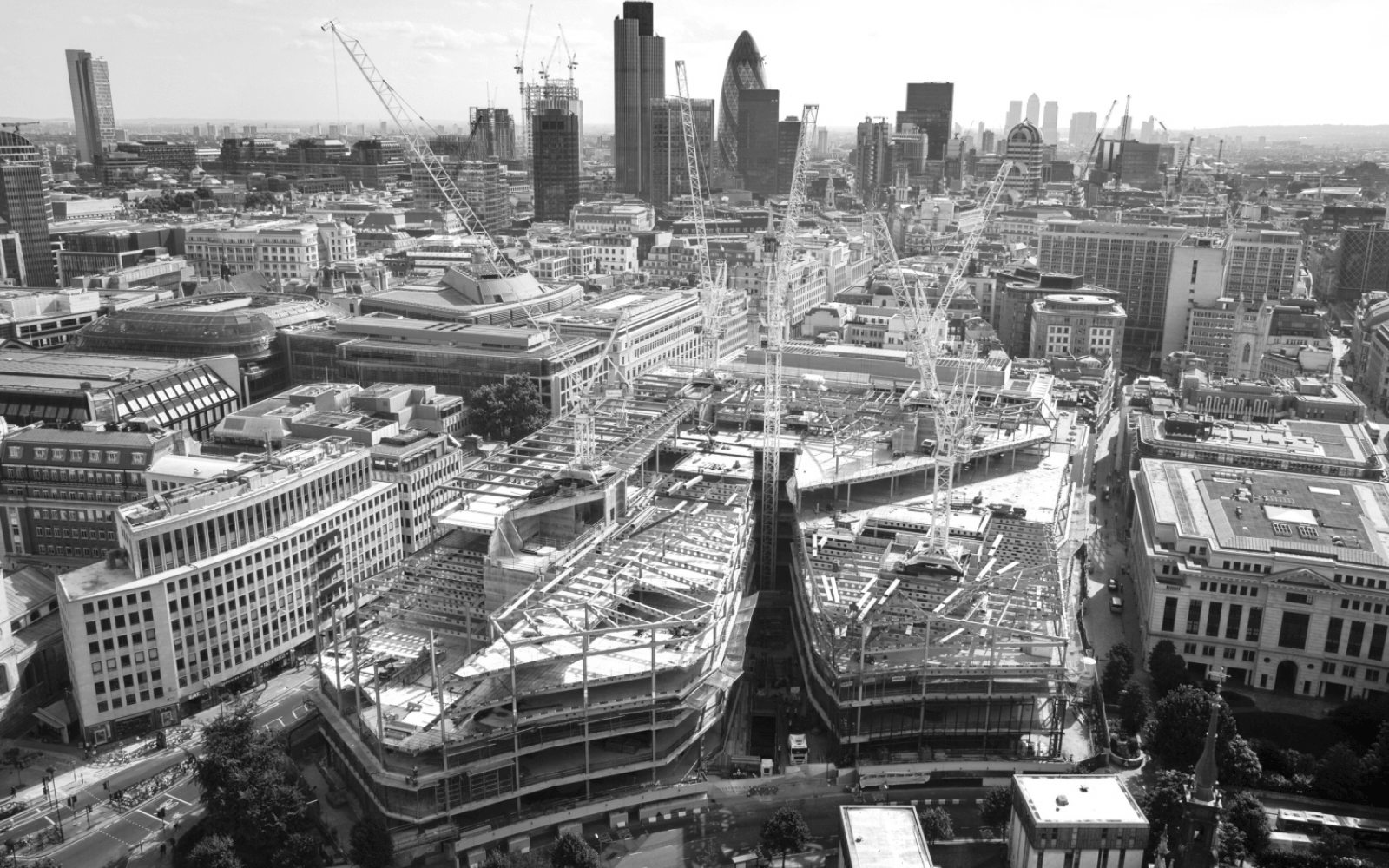UK construction faces ‘perfect storm’ as supply shortages loom

UK construction is facing a “perfect storm” of growing skills and materials shortages as demand for building reaches record levels driven by home improvements, the housing market and new infrastructure projects. Construction output in May surpassed pre-pandemic levels, according to the latest data from the Construction Products Association, a trade body, with activity forecast to rise 13.7 per cent in 2021, year on year, and 6.3 per cent in 2022. However, growth in the building sector will be constrained by a shortage of skilled workers, as well as the sharp recovery in global construction, which has reduced availability and raised prices for key materials, such as timber and cement. Noble Francis, economics director at the Construction Products Association, said it was a “perfect storm for the construction industry”. “I’ve never seen a time when construction demand has been so high and yet there remain so many supply-side risks and uncertainties in the industry,” he said. Builders are particularly struggling to get hold of imported products, especially those from China, such as copper and steel. Material supplies have been hit by the rise in shipping costs as a result of the pandemic, the lack of capacity in Chinese ports and the grounding of one of the world’s largest ships in the Suez Canal in March. As a result, the cost of transporting a 40ft-container from China to northern Europe has risen about from $1,500 in May last year to more than $13,000 in July this year. Products made in the UK are also in increasingly short supply, particularly bagged cement. Smaller companies have been worst affected by shortages as, unlike the larger contractors and housebuilders, they lack certainty of demand and long pipelines of work so tend not to buy in advance. In some areas, skills shortages have been driven by the sharp increase in infrastructure work, such as the high-speed rail project HS2, as well as the surge in housebuilding and refurbishments. Construction activity in July and August will also be constrained by the “pingdemic”, which has forced employees throughout the supply chain to isolate if they come into contact with someone with Covid-19, the CPA said. Labour shortages have been exacerbated by a sharp fall in the number of EU construction workers on site, particularly in London where more than half previously came from the continent. Between the first quarter of 2017 and the first quarter of 2021, EU construction employees fell by 51 per cent in the UK, and by 63 per cent in London, as workers returned to their home countries. Since January 1, it has been more difficult for construction workers to come to the UK due to the points-based immigration system, which costs £10,000 per person and demands more paperwork from employers. The shortage of haulage capacity due to a lack of drivers has also led to delivery delays, adding to industry concerns. Construction businesses are one of the largest users of the UK road network and, according to the Road Haulage Association, the UK has lost 15,000 European drivers this year due to Brexit, exacerbating existing driver shortages. The lack of availability of some products meant orders often required multiple deliveries even though fewer drivers were available, the CPA said. Infrastructure output in May this year was 17.4 per cent higher than in January 2020, while housing completions in the first quarter of 2021 were 21.1 per cent higher than pre-Covid. Private housing repair and maintenance was 10.4 per cent higher in May 2021 than it was in January 2020, the CPA found.



